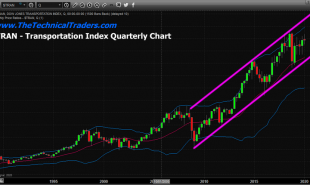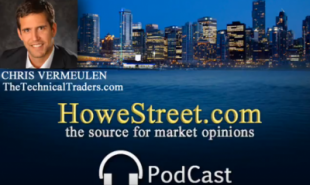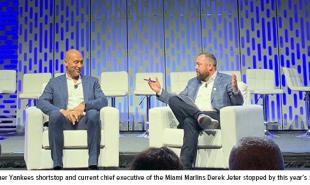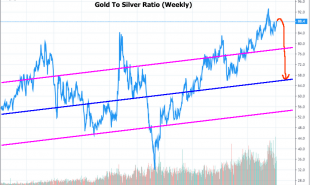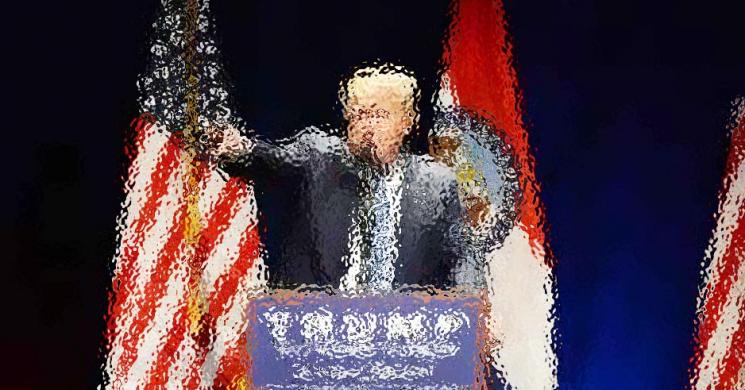
If you read the 58-page draft of the Republican Party's official party platform, you'll come across a surprising one-liner: "We support reinstating the Glass-Steagall Act of 1933 which prohibits commercial banks from engaging in high-risk investment."

But before Republican big-bank haters get excited, everyone should know that's not presidential candidateDonald Trump's one-liner.
In fact, it just might turn out to be a joke.
Based on who Mr. Trump is reportedly considering for Treasury secretary in his would-be cabinet, it's highly unlikely, Republican platform rhetoric aside, a Trump administration would be even remotely interested in resurrecting Glass-Steagall.
Shah GilaniFrighteningly, but not surprisingly, there's a huge Goldman Sachs Group Inc. (NYSE: GS) nexus connecting the end of Glass-Steagall to the future prospect of reviving it, with Donald Trump squarely in the middle.
Here's how a former Goldman Sachs operative murdered Glass-Steagall for $125 million, why another former Goldman Sachs Treasury secretary would keep it buried, and what Donald Trump, if elected, should do about it.
Let's get to it…
The Ugly Truth About the Repeal of Glass-Steagall
 To date, the anointed Republican presidential candidate hasn't laid out his position on big banks or reinstating the old Glass-Steagall Act.
To date, the anointed Republican presidential candidate hasn't laid out his position on big banks or reinstating the old Glass-Steagall Act.
The Glass-Steagall Act, signed into law in 1933, made it illegal for deposit-taking commercial banks to own investment banks or insurance companies. It was finally overturned by Democrat-led efforts with the Gramm-Leach-Bliley Act, also known as the Financial Services Modernization Act of 1999, and signed into law by President Clinton.
Don't Miss: Most people remember the Bill Clinton economy as a "boom" they'd like to see again. But that's a false and dangerous myth. Read more…
What's too often forgotten is that former Goldman Sachs co-Chairman and co-Senior Partner Robert Rubin was Bill Clinton's Treasury secretary at the time. Rubin personally helped lobby for and usher through the Financial Services Modernization Act.
Rubin left the Treasury after his government service was done to join Citigroup Inc. (NYSE: C), which was created a year prior to the enactment of the Financial Services Modernization Act by an illegal merger of Citibank, a giant commercial bank, and Travelers Insurance, a giant insurance company.
You read that right. The merger of the two in 1998 was illegal under Glass-Steagall, which was overturned in 1999 to make the merger legal.
Rubin reportedly made over $125 million at Citigroup, the original "too big to fail" post-Gramm-Leach-Bliley megabank, between 1999 and 2009, even while it had to be rescued by the federal government in 2008.
Why's that history important? Because Donald Trump's rumored top pick for Treasury secretary is another former Goldman Sachs insider…Read More on Money Morning
Read more by MarketSlant Editor


